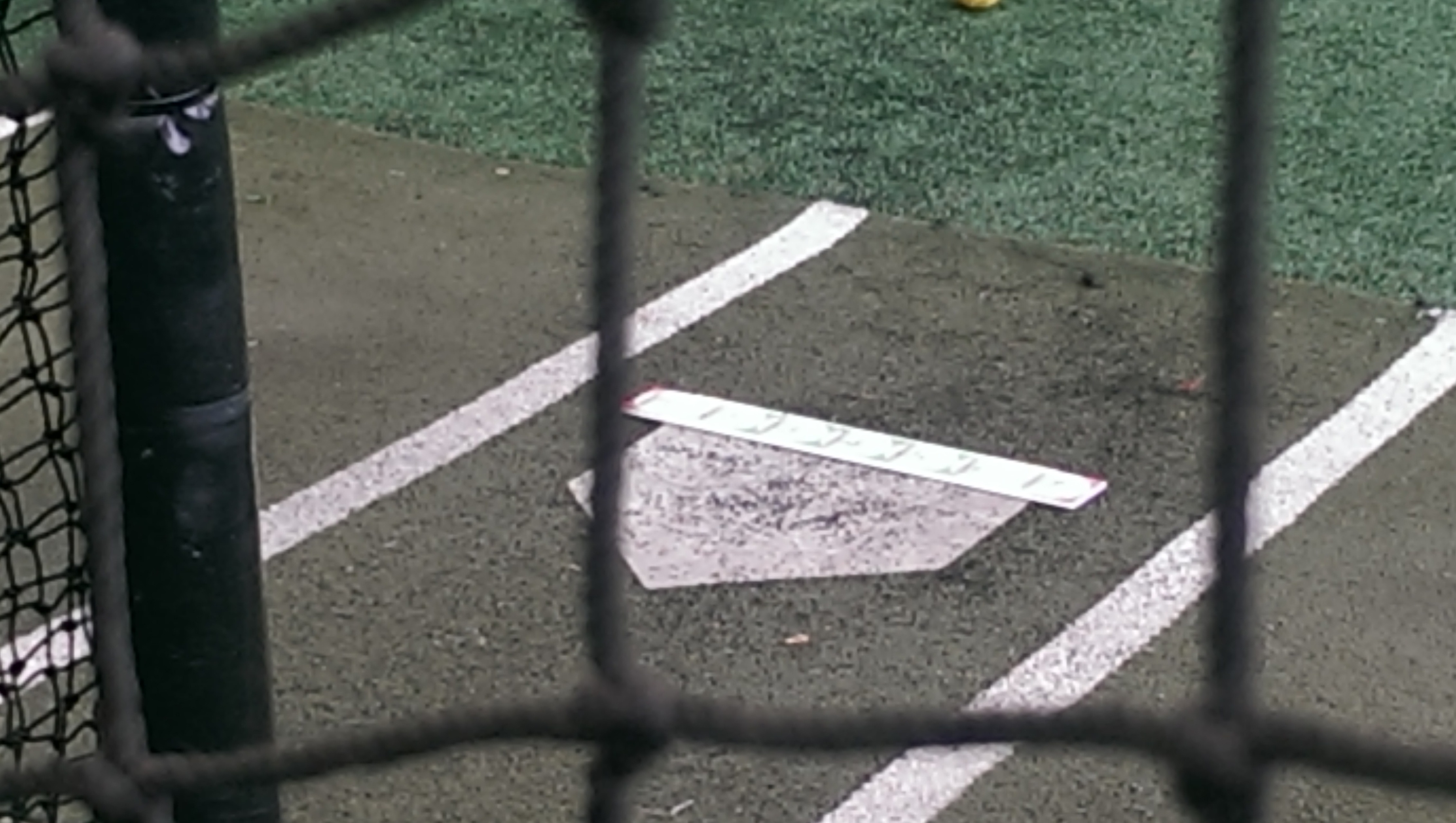
The first step is to realize that, as plate umpires, we have a valuable tool in our kit - our brush. What is the difference? An aggressive strike zone means the umpire does not miss the strikes at the outer edges of the zone.Ī tight zone indicates the umpire is missing those strikes. This does not mean you call strikes that are not strikes. With that in mind, an aggressive strike zone is better than a tight strike zone. We should no longer be talking about consistency because if accuracy is our top priority, our zone will be consistent. In the past, there has been an emphasis on being consistent as well as accurate. We must work for an accurate strike zone throughout the game. For a pitch to be a strike for its horizontal aspect, it must touch a side of the plate which is parallel to the batter’s box line. People are typically referring to the front corners in the above quotes, but none of the five corners determine a strike. There are actually five corners on the plate.

How often have you heard, “That ball hit the corner” or “Hey, Blue, that plate has corners”? Yes, it does have corners. Home Plate as It Applies to the Strike Zone Umpires need to recognize this and be aware that the guideline to use is the top of the knee closer to the ground as the bottom parameter for the zone.

It is more likely that an umpire will have as many as 18 different strike zones during a game (for starting players), and probably more as substitutes are entered.Īll batters do not have a stance with both knees at the same height. We are now seeing more batters with a stance in which one knee is lower than the other knee when they establish their natural batting stance in the batter’s box. It changes from batter to batter it is unusual for batters to have the same exact height and natural batting stance. This vertical aspect is variable, dependent upon the distance from the batter’s upper limit and her knees. The vertical aspect of the strike zone is determined by the armpit (or bottom of sternum for NCAA) and the top of the knee as the pitch crosses the plate.


 0 kommentar(er)
0 kommentar(er)
